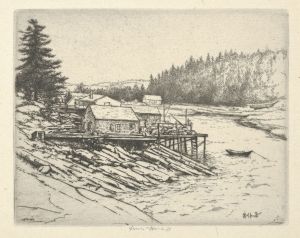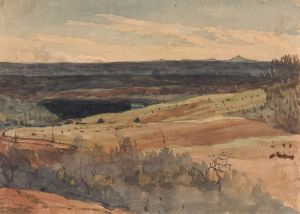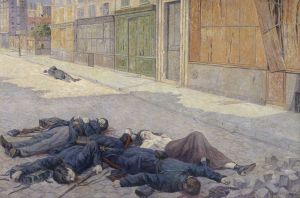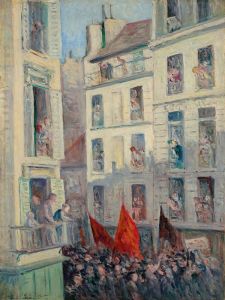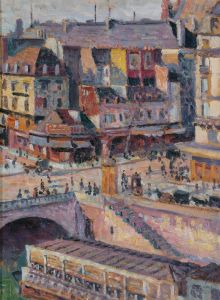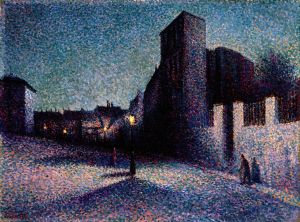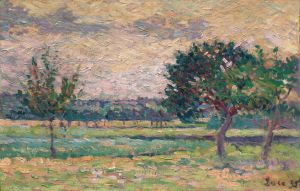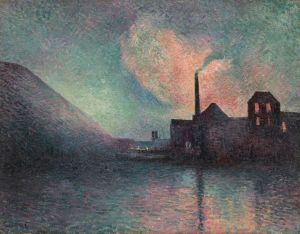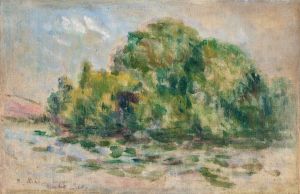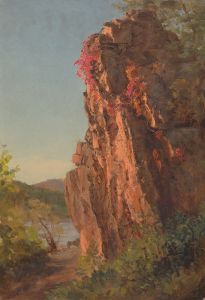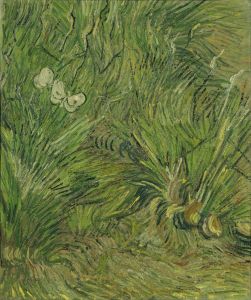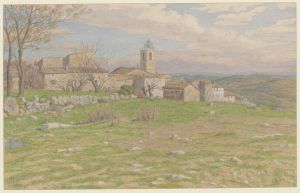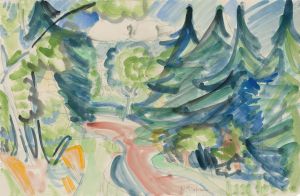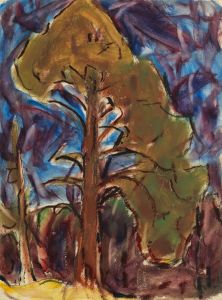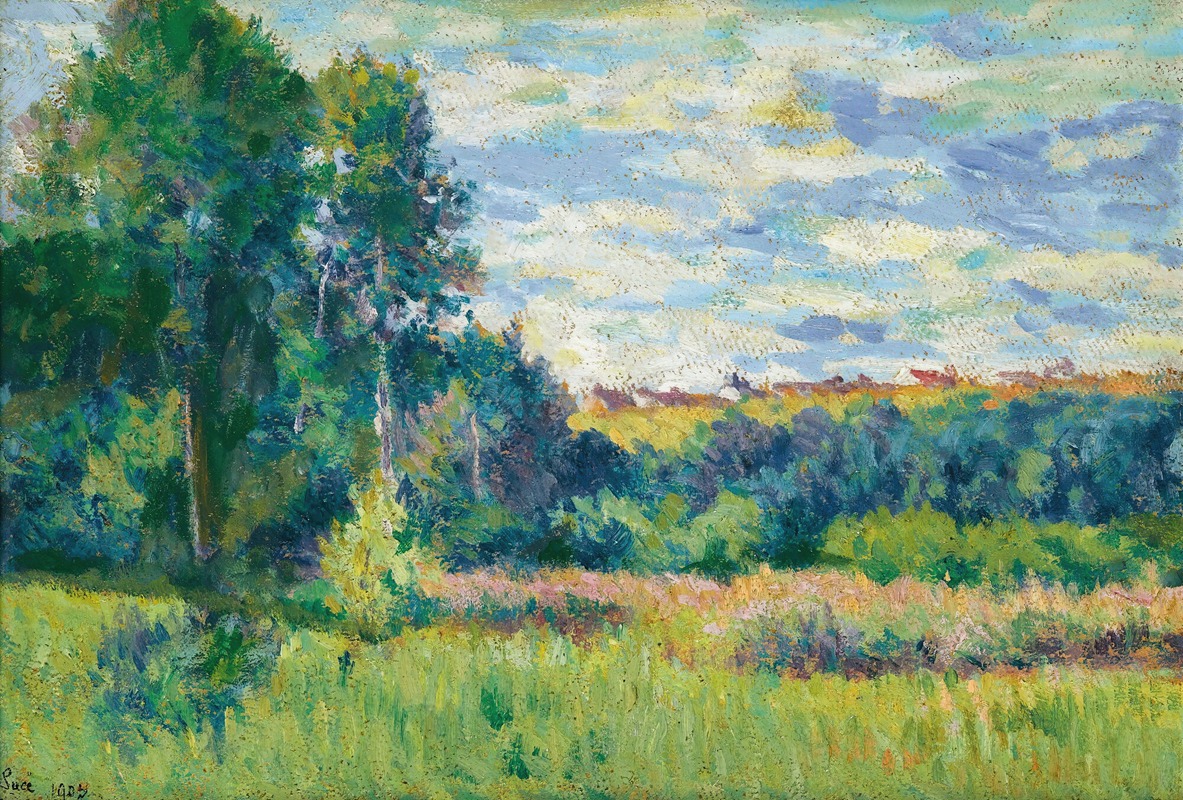
Paysage
A hand-painted replica of Maximilien Luce’s masterpiece Paysage, meticulously crafted by professional artists to capture the true essence of the original. Each piece is created with museum-quality canvas and rare mineral pigments, carefully painted by experienced artists with delicate brushstrokes and rich, layered colors to perfectly recreate the texture of the original artwork. Unlike machine-printed reproductions, this hand-painted version brings the painting to life, infused with the artist’s emotions and skill in every stroke. Whether for personal collection or home decoration, it instantly elevates the artistic atmosphere of any space.
Maximilien Luce was a prominent French Neo-Impressionist artist known for his paintings, illustrations, and engravings. Born on March 13, 1858, in Paris, Luce became associated with the Neo-Impressionist movement, which was characterized by the use of pointillism—a technique involving the application of small, distinct dots of color to form an image. This movement was pioneered by Georges Seurat and Paul Signac, and Luce became one of its key figures.
Luce's painting "Paysage" is a testament to his mastery of the Neo-Impressionist style. Although specific details about this particular painting are scarce, Luce's landscapes typically reflect his keen observation of light and atmosphere, capturing the essence of the natural world with vibrant color and meticulous technique. His works often depict serene rural scenes, urban landscapes, and the interplay of light and shadow, showcasing his ability to convey mood and emotion through his art.
Throughout his career, Luce was deeply influenced by the socio-political climate of his time. He was an anarchist and his political beliefs often informed his work, although this influence is more evident in his depictions of urban life and the working class than in his landscapes. Nevertheless, his landscapes, including "Paysage," can be seen as a reflection of his desire to capture the beauty and tranquility of the natural world, perhaps as a counterbalance to the social issues he was passionate about.
Luce's technique in "Paysage" would likely involve the use of small, precise brushstrokes to build up the image, a hallmark of the pointillist approach. This method allows for a vibrant interplay of colors, as the viewer's eye blends the individual dots into a cohesive image. The result is a dynamic and luminous composition that captures the fleeting effects of light and atmosphere.
Maximilien Luce was a prolific artist, and his works are held in high regard in the art world. His paintings can be found in major museums and collections around the world, including the Musée d'Orsay in Paris and the Metropolitan Museum of Art in New York. Luce's contribution to the Neo-Impressionist movement and his unique artistic vision have cemented his place in art history.
While specific information about "Paysage" is limited, it is clear that this work, like many of Luce's paintings, exemplifies the artist's dedication to capturing the beauty of the world around him through the innovative techniques of the Neo-Impressionist movement. His ability to convey the subtleties of light and color continues to be celebrated by art enthusiasts and scholars alike.





